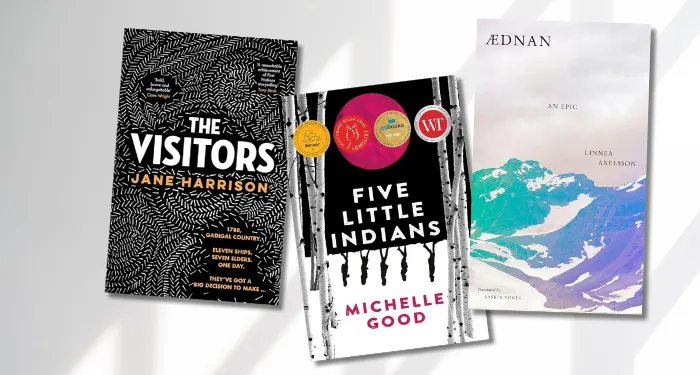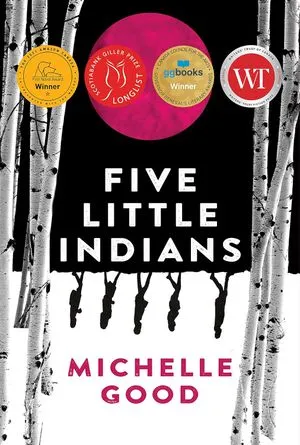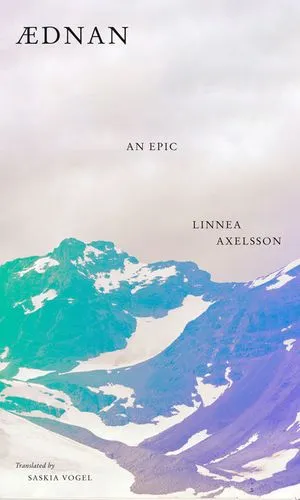
7 Unforgettable Indigenous Historical Fiction Books
Historical fiction is a genre that balances entertainment and education. It can be a light-hearted romp that happens to be set in a different time period without getting too bogged down in specific historical details, or it can be a meticulously researched story that fills in the gaps of a historical figure’s life. Either way, historical fiction allows us to walk around in the shoes of someone living in very different circumstances, and at its best, it spotlights the people and stories that have been neglected in history books.
That’s why task #10 of the 2024 Read Harder Challenge is “Read a historical fiction book by an Indigenous author.” Indigenous history is often suppressed or whitewashed: colonizers rarely want to own up to the violence and cruelty of taking land by force. Historical fiction can be a more accessible way to experience these stories, as opposed to nonfiction.
The Indigenous historical fiction books listed below are mostly from North America. Book Riot is based in North America, and I think it’s important for us to learn about our own colonialist history. Also, there seem to be more historical fiction books published by Indigenous authors on this continent than others, based on my research. Still, I want to emphasize that this task includes Indigenous people from around the world, so I’ve included books by Sámi (Northern Europe), Muruwari (Australia), and Quichua (Ecuador) authors as well.
This is far from a complete list of Indigenous historical fiction, but here are seven great options to get you started in the genre!

Five Little Indians by Michelle Good
It’s impossible to talk about the history of Indigenous people in Canada without addressing residential schools. Cree (Red Pheasant Cree Nation) author Michelle Good describes five teens as they emerge from their church-run residential school. They were taken from their families and robbed of their culture and language there. Now, they struggle to get by in downtown Vancouver. Each of them takes very different paths from there, from joining the American Indian Movement to ending up in prison to becoming a mother, but they’re all haunted by what they endured at this “school.” This won some of the biggest literary awards in Canada when it came out, including the Governor General’s Literary Award for Fiction and that year’s Canada Reads.

Aednan: An Epic by Linnea Axelsson, translated by Saskia Vogel
This novel in verse by Sámi author Linnea Axelsson follows generations of Sámi people from the 1910s into the 2010s. In the 1910s, Ristin’s family is herding their reindeer when they encounter the new border between Sweden and Norway, which forces their family to split, resulting in the tragic death of one of her sons. In the 1970s, Lise deals with the trauma of being forced to go to a Nomad School, where she was stripped of her language. In the 2010s, Lise’s daughter Sandra fights in court for their land rights.
What are you planning to read for this task? Let’s chat in the comments!
Check out all the previous 2024 Read Harder posts here.
The comments section is moderated according to our community guidelines. Please check them out so we can maintain a safe and supportive community of readers.
The comments section is moderated according to our community guidelines. Please check them out so we can maintain a safe and supportive community of readers!

















8 comments
Join All Access to add comments.